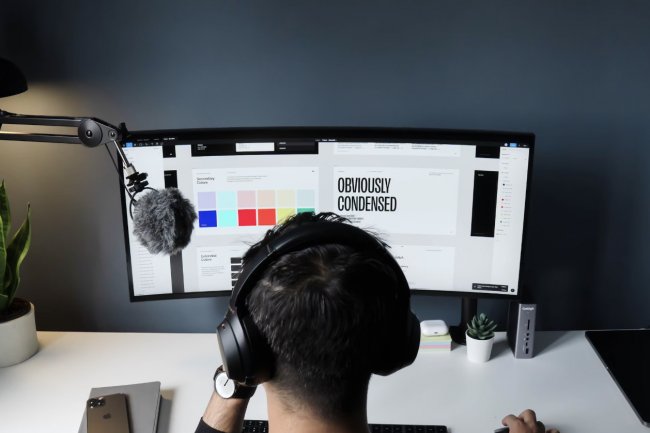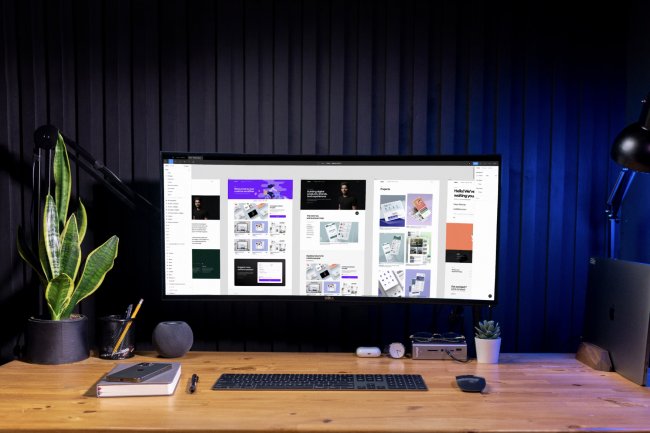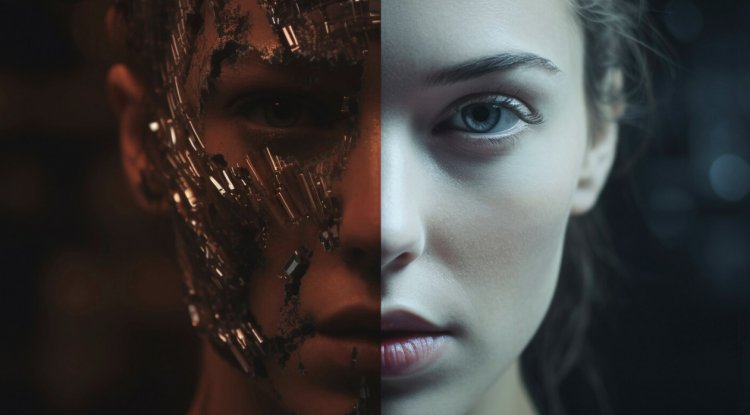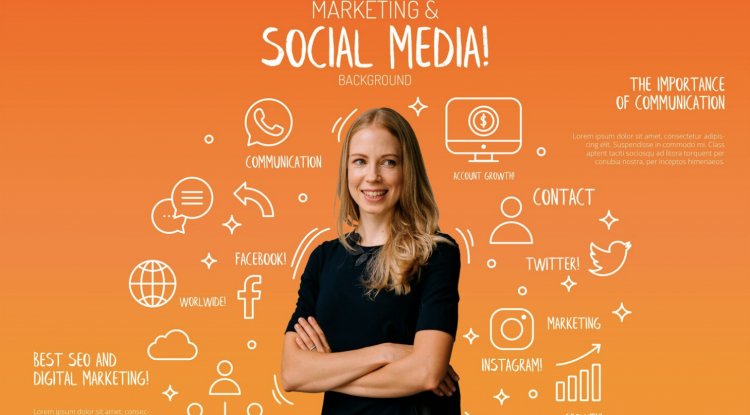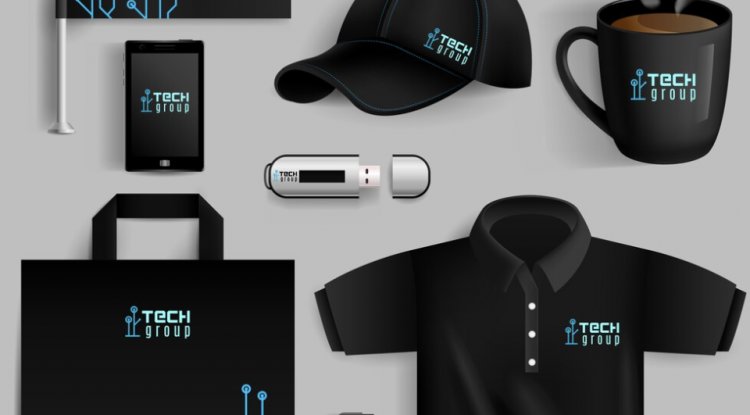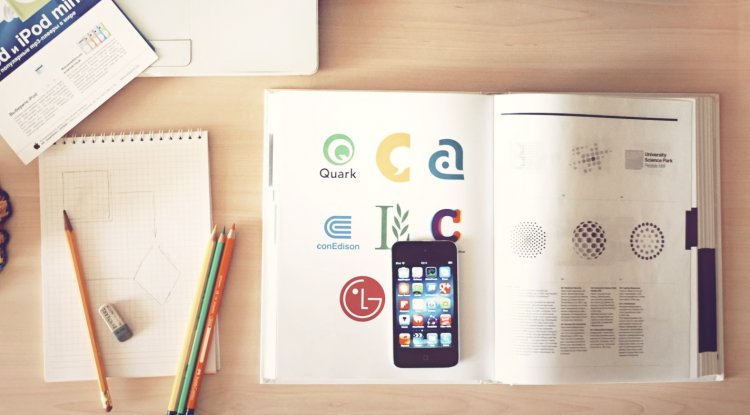AI Design Tools vs Traditional Design: Which Saves More Time and Money?
Discover the key differences between AI-powered design tools and traditional design methods. Learn which approach is more efficient, cost-effective, and suited for modern businesses in 2025.
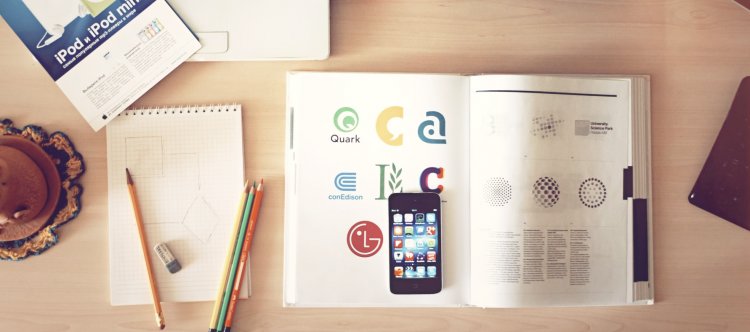
In the fast-paced world of digital marketing and branding, businesses constantly seek ways to create high-quality visual content efficiently. The emergence of AI-powered design tools has transformed the industry, offering new possibilities that challenge traditional design methods. But which approach is truly more time-efficient and cost-effective? In this article, we compare AI design tools with traditional design workflows to determine the best choice for businesses in 2025.
Understanding AI-Powered Design Tools
AI design tools leverage artificial intelligence and machine learning algorithms to automate and streamline the design process. These tools can generate logos, social media graphics, posters, and marketing materials within seconds, making design accessible to non-designers and experienced professionals alike.
Key Features of AI Design Tools:
-
Automation: AI-powered platforms generate ready-made designs with minimal manual effort.
-
Templates & Customization: Users can start with pre-designed templates and personalize them.
-
Quick Iteration: AI tools provide instant modifications based on user input.
-
Scalability: Businesses can create a large volume of designs quickly.
-
Integration with Marketing Tools: Many AI design tools seamlessly integrate with social media and marketing platforms.
Traditional Design Methods: Strengths & Weaknesses
Traditional graphic design relies on human creativity, using software like MyUP Adobe Photoshop, Illustrator, and InDesign. While these tools offer greater control and artistic freedom, they demand more time, effort, and financial investment.
Key Strengths of Traditional Design:
-
Creative Freedom: Designers have full control over every aspect of a design.
-
Brand Consistency: Ensures brand identity remains unique and high-quality.
-
Advanced Customization: Allows for intricate design details that AI tools might not achieve.
Challenges of Traditional Design:
-
Time-Consuming: Custom design work can take hours or even days.
-
Higher Costs: Hiring professional designers or subscribing to premium software can be expensive.
-
Learning Curve: Requires advanced design skills and experience.
Time & Cost Comparison: AI vs Traditional Design
1. Time Efficiency
-
AI Design Tools: Can generate graphics in seconds or minutes, drastically reducing turnaround time.
-
Traditional Design: Requires manual effort, revisions, and approvals, leading to longer timelines.
2. Cost Savings
-
AI Design Tools: Many AI-based platforms offer affordable subscriptions or even free versions with limited features.
-
Traditional Design: Professional designers or agencies charge significantly more, making it a costly investment.
3. Quality & Creativity
-
AI Design Tools: While efficient, AI-generated designs may lack unique creative depth.
-
Traditional Design: Custom designs offer originality and brand-specific elements that AI tools might struggle to replicate.
Choosing the Right Approach for Your Business
The choice between AI-powered design tools and traditional design depends on business needs:
-
For startups and small businesses: AI design tools offer a cost-effective solution for quick and scalable designs.
-
For established brands and creative professionals: Traditional design methods provide greater creative control and high-end customization.
-
For hybrid workflows: Combining AI automation with manual design adjustments can offer the best of both worlds.
What's Your Reaction?







